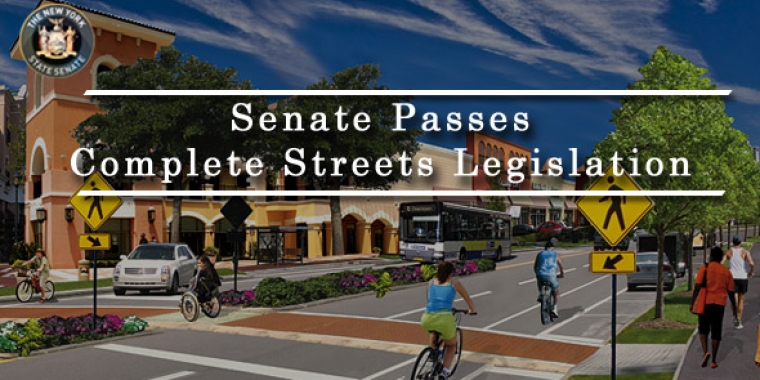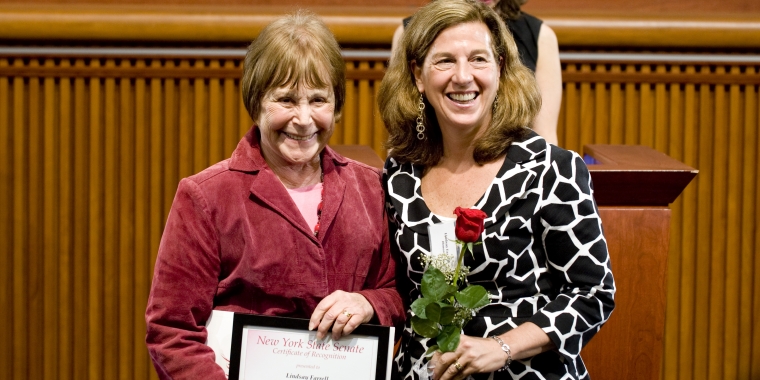
Senate's Hisoric Rehabilitation Tax Credit Signed Into Law
August 3, 2009
Senator Oppenheimer Says Program will Bring Redevelopment and Jobs to Distressed Neighborhoods
The Historic Rehabilitation Tax Credit (HRTC), S. 6056 (Valesky), which was strongly supported by Senator Suzi Oppenheimer (D-Mamaroneck), was signed into law this week by Governor David Paterson.
The HRTC expands on a program enacted in 2006 and provides a tax credit for expenses associated with the rehabilitation of historic homes and commercial properties. The tax credit would apply to qualified buildings located in distressed areas, defined as being within a census tract that is at or below 100 percent of the state median family income.
Under the bill, the maximum value of the residential tax credit is increased from $25,000 to $50,000, while the cap on credits for commercial properties would increase from $100,000 to $5 million. The percentage of rehabilitation costs eligible for the credit would also increase from six to 20 percent. The credit would also be assignable or transferable, allowing for greater flexibility by the investor and opportunities for out-of-state financing of in-state rehabilitation projects.
“Encouraging the rehabilitation and reuse of historic buildings through tax incentives is an important economic development tool that can help create jobs, revitalize distressed neighborhoods and restore historically-significant structures to their former glory,” said Senator Oppenheimer. “The tax credits provided for in this bill will facilitate the restoration of many wonderful buildings throughout Westchester, including New Rochelle, Port Chester, Ossining, and White Plains.”
Nationally, historic rehabilitation tax credits have proven to be one of the most successful policy tools in economic and community development. In Rhode Island, where the historic rehabilitation tax credit program is hailed as the most effective economic development program in state history, it has generated nearly $800 million in new economic activity (approximately $5.47 million per $1.0 million in credits) and has thus far created more than 11,000 new jobs.
The President of the New York Landmarks Conservancy, Peg Breen, applauded the legislation, stating that “an important step was taken today in expanding a program that has proven its worth as an economic stimulus in other states. Providing enhanced tax credits for the rehabilitation of historic homes and neighborhoods will benefit all parts of the state.”
“The Historic Rehabilitation Tax Credit will stimulate economic growth and revitalize our communities at the same time,” concluded Senator Oppenheimer. “It’s a win-win for all New Yorkers.”

